Technology could help prevent damage to satellites.
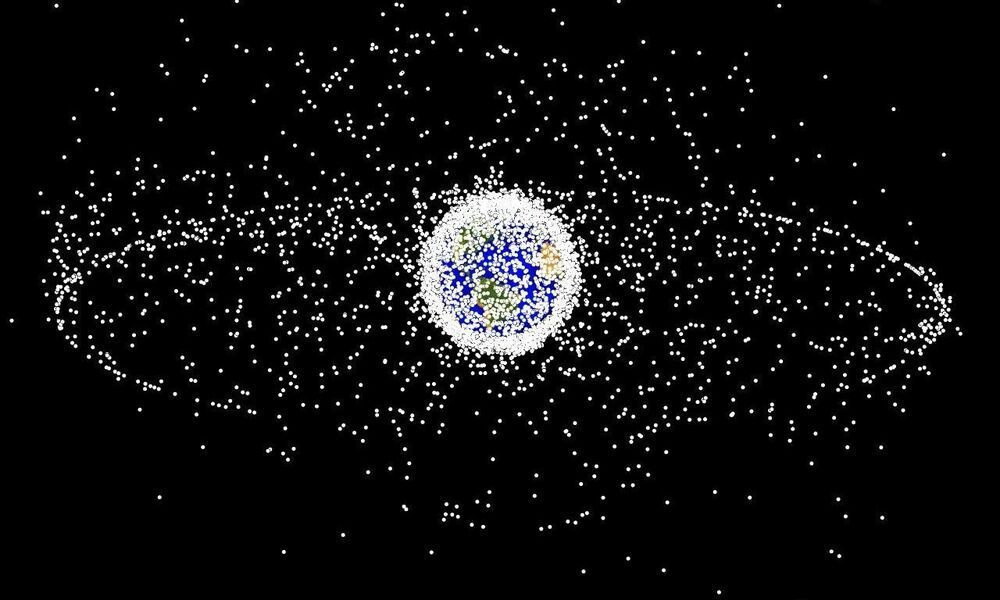

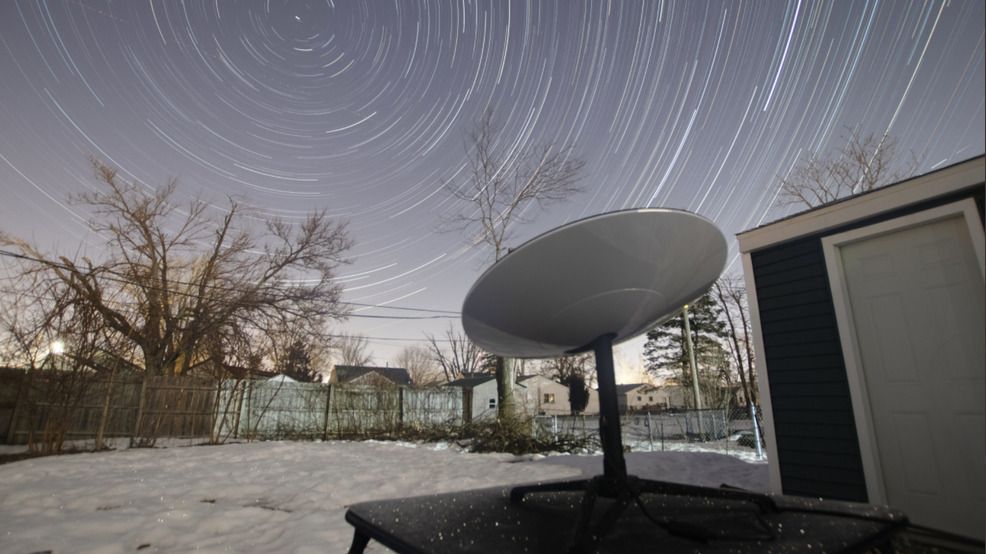
For many Iowans, the first they heard of SpaceX Starlink Internet is when the strange lights started appearing in the night sky in Spring 2020. Long “trains” of dots, each dot being a Starlink satellite.
“There’s all these lights and what looked to me like they were jets,” said John Dunnegan a resident living in rural Des Moines County, Iowa northwest of Burlington. “I thought we were being attacked by Russia. I thought ‘what is that?’ They were all in perfect file. I got on the internet started checking around, and found out what it was. It was Elon Musk’s Starlink.
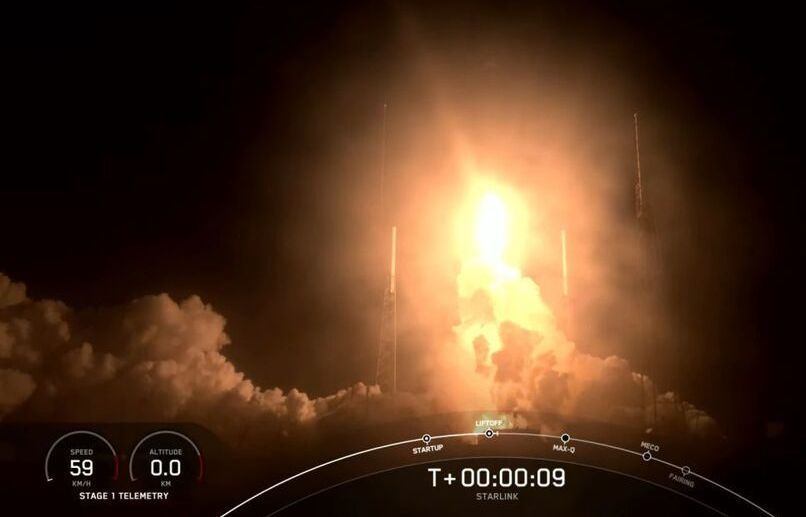
There are now more than 1300 Starlink satellites in orbit.
CAPE CANAVERAL, Fla. — A SpaceX Falcon 9 rocket launched a new batch of 60 Starlink internet satellites into orbit early Wednesday (March 24) and nailed a landing at sea to top off the company’s latest successful mission.
The veteran Falcon 9 rocket blasted off from Space Launch Complex 40 here at Cape Canaveral Space Force Station in Florida at 4:28 a.m. EDT (0828 GMT).
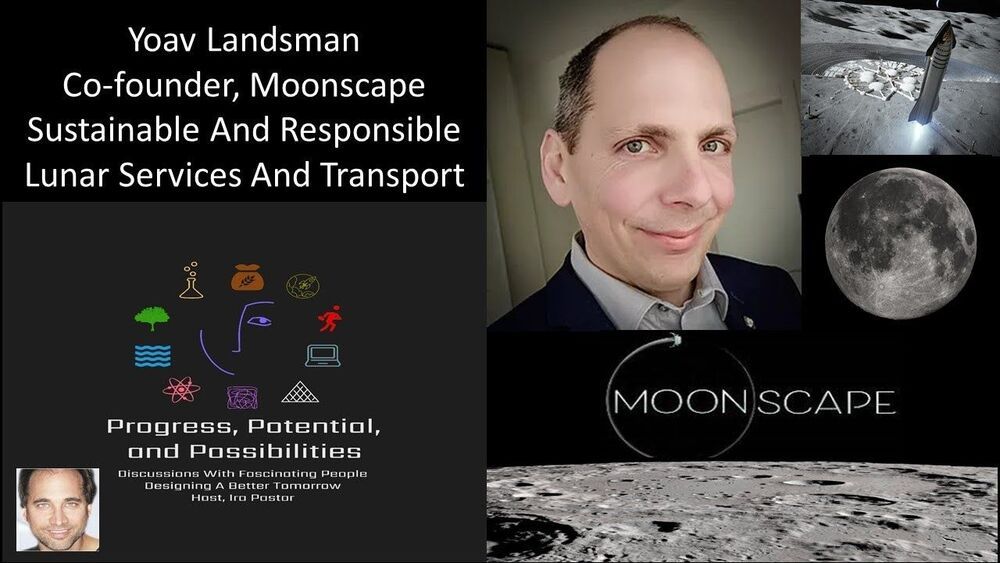
Sustainable and responsible lunar services and transportation — yoav landsman, co-founder, moonscape.
Yoav Landsman is the Co-founder of Moonscape (https://www.moonscape.space/), a lunar services and payload transportation company, that is focused on providing necessary services like communication relay and cutting-edge imaging, while delivering payloads to the Moon.
Moonscape’s vision is to support humankind’s effort of reaching the Moon in a sustainable and responsible manner, as humanity’s first step towards the rest of the solar system and beyond.
Yoav graduated from the Technion – Israel Institute of Technology, with a B.Sc. in Aerospace Engineering in 2002. During his last year of studying, he began working at the Israeli Aerospace Industries (IAI) as a Satellite Engineer in the AMOS communication satellite command center. In this role, he helped modernize operations methods, and lead the absorption of new satellites to the fleet. Later he became the Head of the Satellite Engineering team at the Operations Center. In 2011, he became the Chief Systems Engineer of Israeli Aerospace Industrie’s then most advanced satellite, AMOS-6. At the same time, Yoav studied his master’s degree in the department of Geophysics and Planetary Sciences at Tel-Aviv University.
Yoav left the industry in 2012 to put his passion and skill into education and public outreach. He became a sought-after lecturer and interviewee for science, technology, and everything involving space. In mid-2013, Yoav was recruited by SpaceIL to the role of Senior Systems Engineer of the Beresheet Lunar Lander. In 2019, Yoav was the Deputy Mission Director of the first ever privately funded lunar mission.
Yoav is also an alumnus of the International Space University (ISU) Space Studies Program 2019, where he studied in the business and management department. In December 2019 he left SpaceIL to become a space entrepreneur.
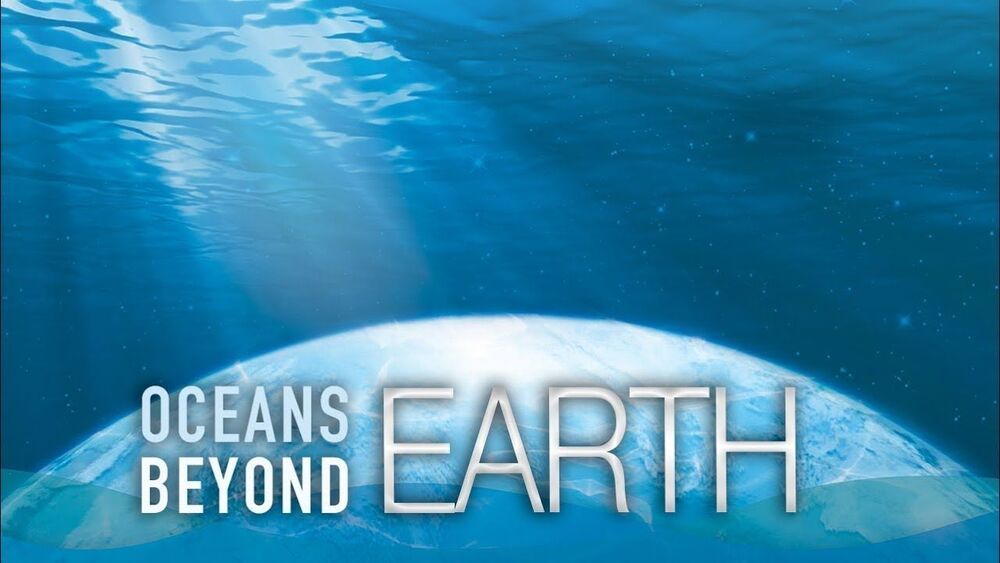
Layers of ice and rock obviate the need for “habitable zone” and shield life against threats.
SwRI researcher theorizes worlds with underground oceans may be more conducive to life than worlds with surface oceans like Earth.
One of the most profound discoveries in planetary science over the past 25 years is that worlds with oceans beneath layers of rock and ice are common in our solar system. Such worlds include the icy satellites of the giant planets, like Europa, Titan, and Enceladus, and distant planets like Pluto.
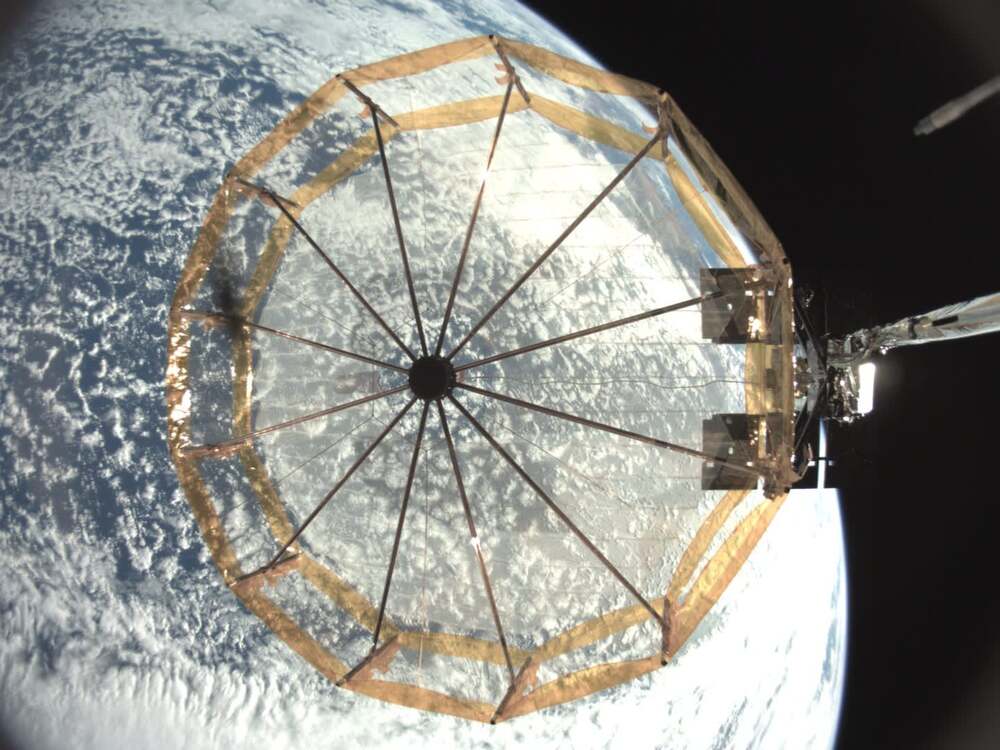
Satellite imagery specialist Capella Space on Thursday released the first images captured by its two latest spacecraft launched in January.
The firm is trying to tap part of an Earth intelligence market it estimates is worth about $60 billion.
Capella’s business is based on combining a special type of imagery with a small, inexpensive spacecraft. The company is building a network of satellites that can capture images of places on Earth multiple times a day.

5 january 2020.
This paper proposes the use of Flower Constellation (FC) theory to facilitate the design of a Low Earth Orbit (LEO) slotting system to avoid collisions between compliant satellites and optimize the available space. Specifically, it proposes the use of concentric orbital shells of admissible “slots” with stacked intersecting orbits that preserve a minimum separation distance between satellites at all times. The problem is formulated in mathematical terms and three approaches are explored: random constellations, single 2D Lattice Flower Constellations (2D-LFCs), and unions of 2D-LFCs. Each approach is evaluated in terms of several metrics including capacity, Earth coverage, orbits per shell, and symmetries. In particular, capacity is evaluated for various inclinations and other parameters. Next, a rough estimate for the capacity of LEO is generated subject to certain minimum separation and station-keeping assumptions and several trade-offs are identified to guide policy-makers interested in the adoption of a LEO slotting scheme for space traffic management.
Previous chapter Next chapter.
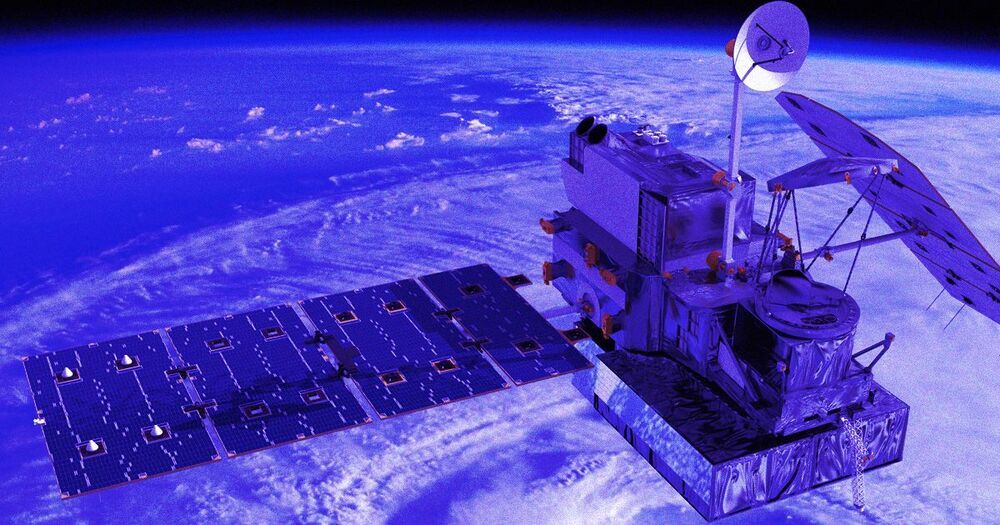
Japan’s space agency wants to keep the satellite’s cameras out of military hands.
An unusual geopolitical situation is brewing aboard the International Space Station. Prior to the military coup in Myanmar earlier this year, Japan’s space agency JAXA had been collaborating with the country to build microsatellites that it planned to deploy in partnership with Myanmar’s government.
Now, JAXA has no idea what to do with the pair of 50-kilogram satellites, according to SlashGear. And while Japanese scientists hope to bring the agriculture and fishery-monitoring satellites to life, they’re currently holding them on the ISS instead of deploying them out of fear they might be misused for military purposes — a striking example of real-world geopolitics spilling over into space.
After the military coup in Myanmar, Teppei Kasai, the Asia program director for the group Human Rights Watch noted that it would be relatively straightforward to use the satellites’ Earth-facing cameras for military or surveillance purposes, according to SlashGear.
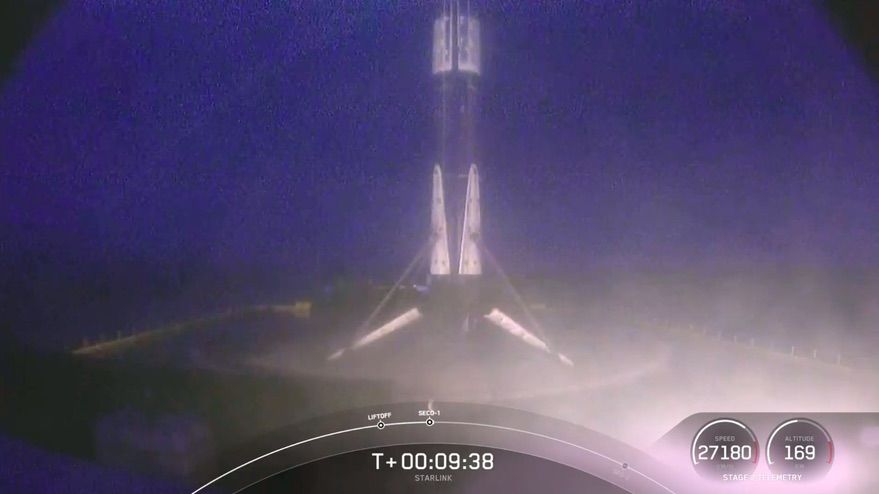
WASHINGTON — A Falcon 9 launched another set of Starlink satellites March 14, with the rocket’s first stage setting a record with its ninth launch and landing.
The Falcon 9 lifted off from Launch Complex 39A at the Kennedy Space Center at 6:01 a.m. Eastern. The upper stage deployed its payload of 60 Starlink satellites into orbit 65 minutes later, bringing the size of the broadband internet constellation to 1260 satellites.
The launch was the eighth for the Falcon 9 this year, and took place a little more than 72 hours after another Falcon 9 launch of Starlink satellites. Six of the eight Falcon 9 launches this year have been dedicated to Starlink, and one of the other two, the Transporter-1 dedicated rideshare flight, also carried 10 Starlink satellites.
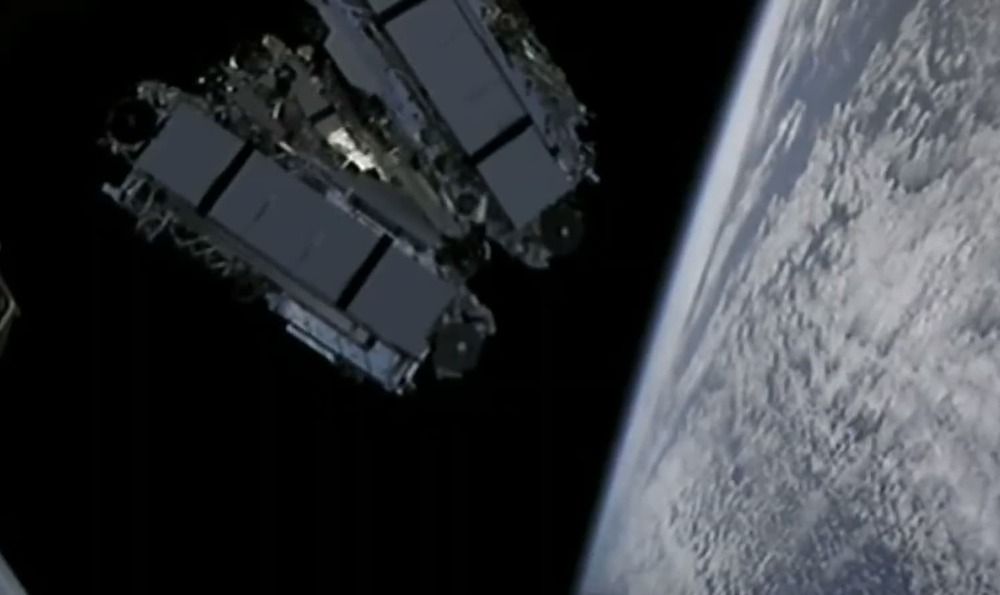
Elon Musk’s SpaceX is preparing to further expand testing of its Starlink satellite internet in a test for the U.S. Air Force, an FCC request revealed.
Elon Musk’s SpaceX is preparing to further test its Starlink satellite internet in a demonstration for the U.S. Air Force, the company revealed in a recent request to the Federal Communications Commission.
“SpaceX seeks to make minor modifications to its experimental authorization for additional test activities undertaken with the federal government,” the company wrote to the FCC in a filing on Thursday.
“The tests are designed to demonstrate the ability to transmit to and receive information from two stationary ground sites and one airborne aircraft at one location, and would add to these limited testing from a moving vehicle on the ground,” SpaceX said.